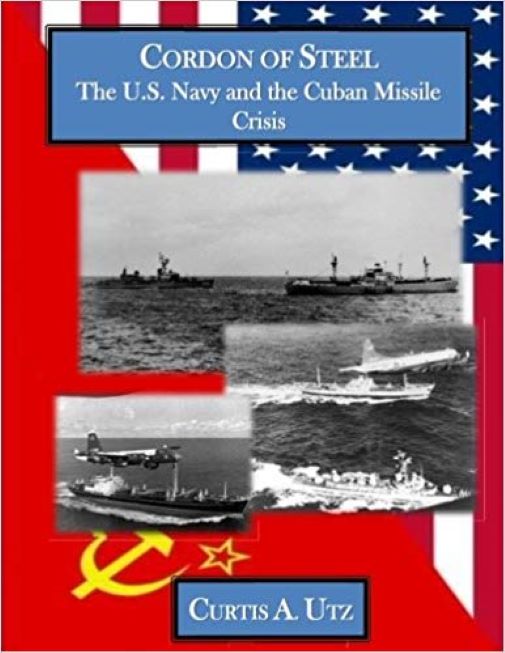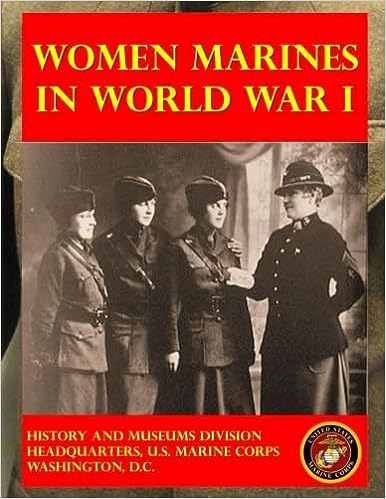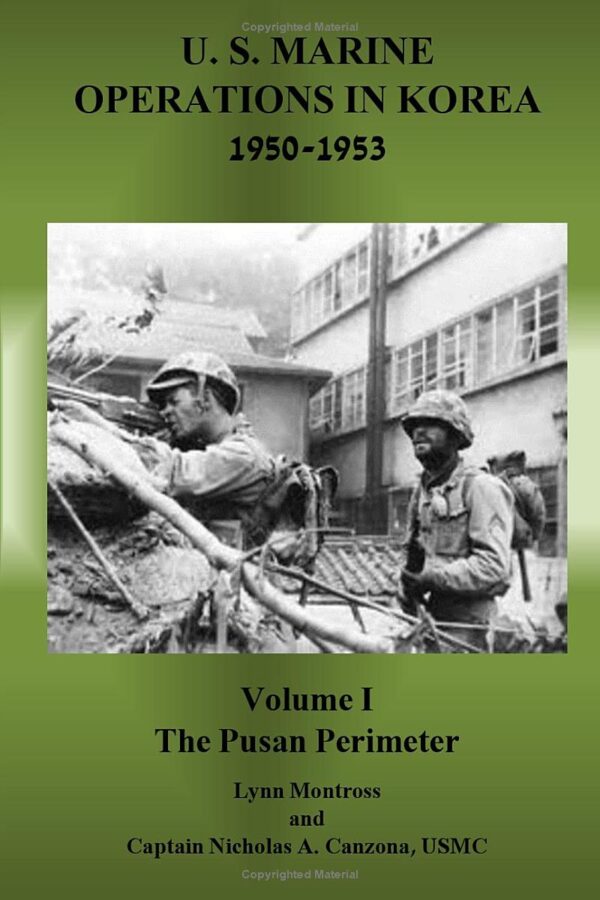In the fall of 1962, the United States and the Soviet Union came as close as they ever would to global nuclear war. Hoping to correct what he saw as a strategic imbalance with the United States, Soviet Premier Nikita S. Khrushchev began secretly deploying medium range ballistic missiles (MRBM) and intermediate range ballistic missiles (IRBM) to Fidel Castro’s Cuba. Once operational, these nuclear-armed weapons could have been fired against cities and military targets in most of the continental United States. Before this happened, however, U.S. intelligence discovered Khrushchev’s brash maneuver. In what became known as the Cuban Missile Crisis, President John F. Kennedy and an alerted and aroused American government, armed forces, and public compelled the Soviets to remove from Cuba not only their missiles but all of their offensive weapons. The U.S. Navy played a pivotal role in this crisis, demonstrating the critical importance of naval forces to national defense.
56 pages





